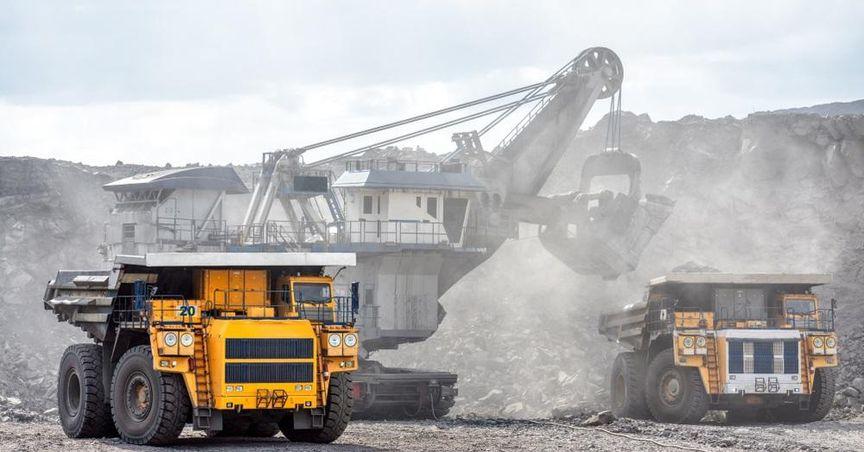Highlights
- Ibstock’s stock has seen a 12% decline over the past month, yet its fundamentals remain strong.
- Despite a low ROE of 1.8%, Ibstock has experienced modest net income growth of 5.8% over five years.
- Analysts forecast an increase in Ibstock’s ROE to 13% within the next three years.
Ibstock plc (LON:IBST), a prominent player in the UK building materials sector, has had a challenging month, with its stock declining by 12%. However, when looking beyond the immediate price movements, the company's underlying financials present a more encouraging picture. The stock’s recent dip could be a reflection of short-term market sentiment, but Ibstock’s long-term fundamentals suggest there may be room for a rebound. The company's performance, in terms of earnings and its strategic approach to dividends, aligns with solid long-term growth potential, despite the recent downturn in the broader market and the LON mining stocks sector.
Ibstock’s Weak ROE and Modest Earnings Growth
One of the critical financial metrics to consider when evaluating Ibstock is its return on equity (ROE). At 1.8%, the company’s ROE appears weak, particularly when compared to the industry average of 3.7%. This low ROE raises questions about Ibstock’s efficiency in generating profits relative to shareholder equity. However, a closer inspection of its earnings trajectory reveals a more favorable outlook. Over the past five years, Ibstock has achieved a modest net income growth of 5.8%. While this may not be exceptional, it is a positive sign of stability and indicates that the company has been able to grow its earnings in a challenging environment.
The Payout Ratio and Its Impact on Growth Potential
Ibstock's payout ratio plays a significant role in understanding its ability to reinvest in the business. Currently, the company has a payout ratio of 69%, meaning that it distributes a substantial portion of its profits to shareholders in the form of dividends. As a result, only 31% of its earnings are reinvested back into the company for growth opportunities. This relatively high payout ratio may have somewhat limited the company’s potential for higher growth, as more funds could have been allocated towards reinvestment.
That being said, Ibstock has a strong track record of paying dividends, having done so consistently for the past nine years. This history of rewarding shareholders demonstrates the company’s commitment to returning value. Furthermore, analysts project a decrease in the payout ratio to 50% over the next three years. This adjustment is expected to free up more capital for reinvestment and, in turn, drive higher future earnings growth. As a result, the company’s ROE is forecast to increase to 13% during this period, reflecting improved efficiency in utilizing shareholder capital.
While Ibstock’s current performance may not be dazzling, the company’s positive earnings growth, along with its plans to reduce the payout ratio, suggests potential for future improvement. The anticipated increase in ROE to 13% over the next three years signals that Ibstock could be well-positioned for long-term growth if it can capitalize on reinvested profits and continue expanding its business.
Overall, Ibstock’s fundamentals suggest that despite recent setbacks in stock price, the company may have the potential for a rebound in the longer term, provided that it can effectively leverage its earnings for future growth. Investors and market watchers will likely keep a close eye on how the company adjusts its payout strategy and how this aligns with the expected improvements in its financial performance.





